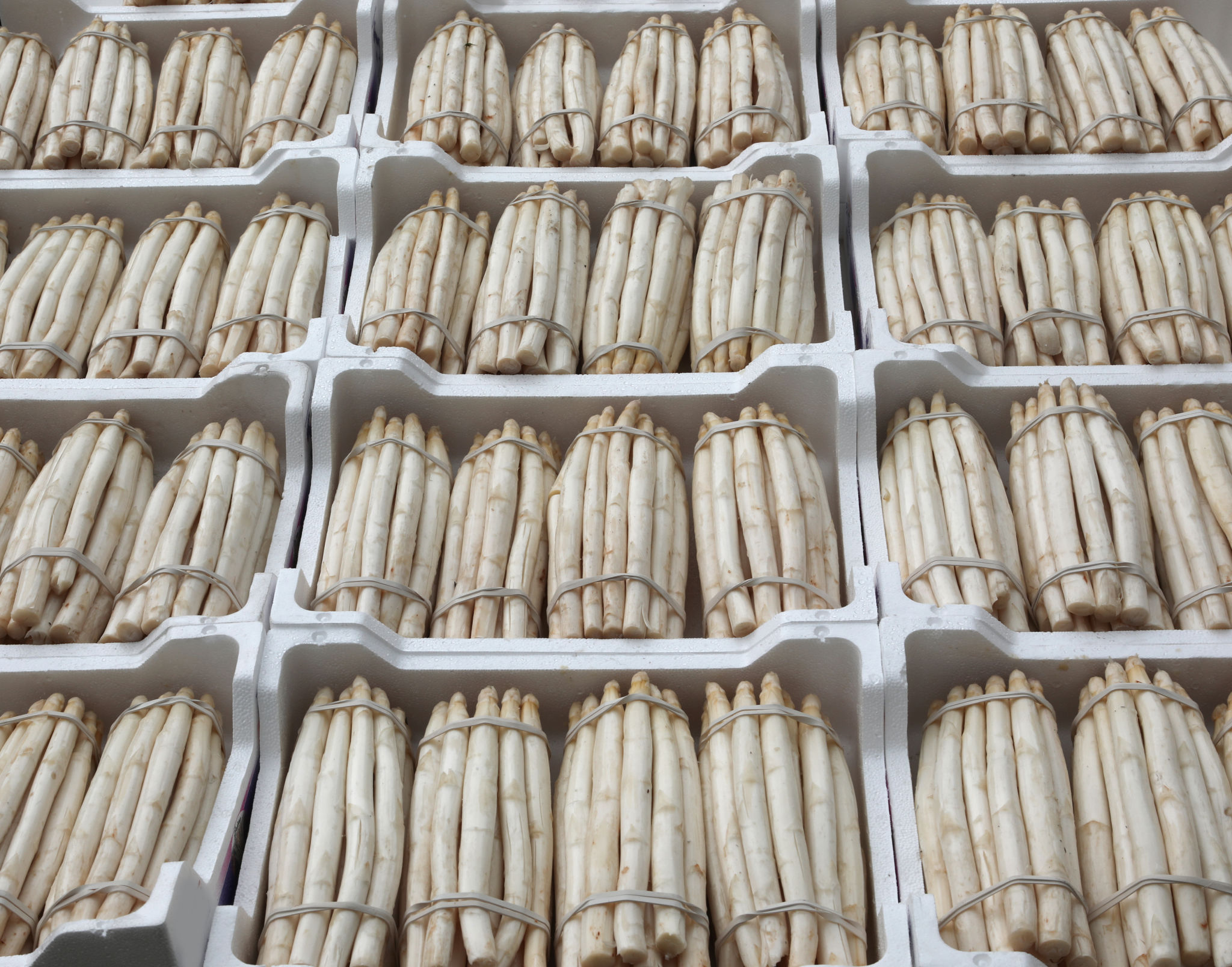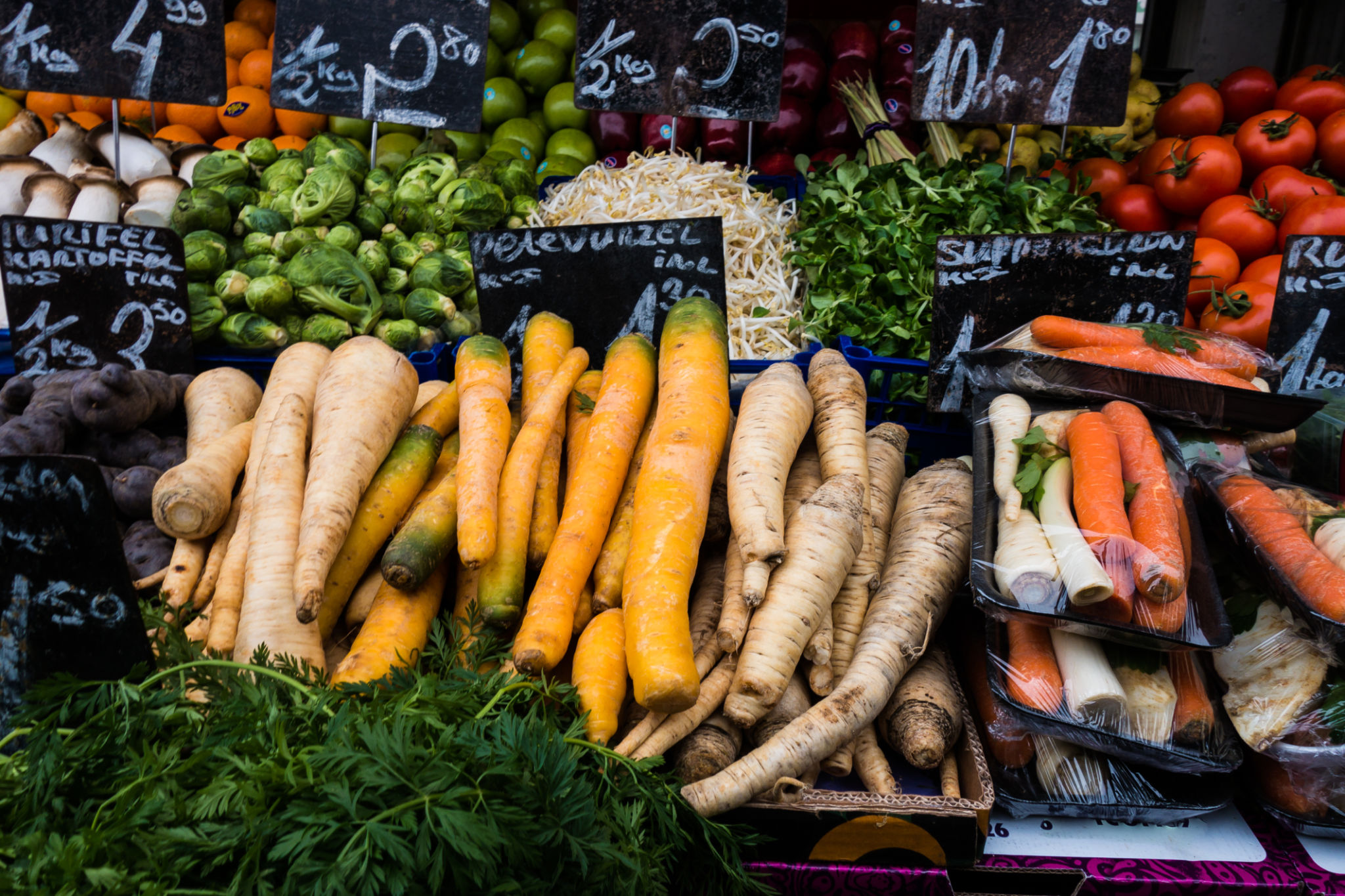Seasonal Guide to Exporting Fresh Asparagus from Peru
Introduction to Peruvian Asparagus Export
Peru has become a leading exporter of fresh asparagus, thanks to its favorable climate and fertile soil. Asparagus, known for its nutritional benefits and versatility, is highly sought after in international markets. Exporters need to be aware of the seasonal variations and market demands to successfully navigate this lucrative opportunity.

Understanding the Growing Seasons
Peru's unique geographic location allows for multiple asparagus harvests throughout the year. The country experiences two main growing seasons: the first from June to September and the second from November to February. This ability to produce year-round gives Peruvian asparagus a competitive edge in the global market.
Peak Harvest Periods
The peak harvest periods align with these seasons, ensuring a consistent supply of fresh asparagus. During these times, exporters can capitalize on the increased volume to meet international demand. Understanding these peak periods is essential for planning and logistics.
Exporting Logistics and Challenges
Exporting fresh asparagus requires meticulous planning to maintain quality during transportation. Asparagus is a delicate vegetable, and its freshness must be preserved from farm to table. This involves proper packaging, temperature control, and efficient logistics.

Packaging and Temperature Control
The right packaging is crucial in protecting asparagus during transit. Using breathable materials that prevent moisture buildup is recommended. Maintaining a consistent cold chain ensures that the asparagus remains fresh upon arrival at its destination.
Market Demands and Trends
The demand for fresh asparagus varies across regions, influenced by culinary trends and health-conscious consumers. North America and Europe are major markets, with increasing interest in organic and sustainably grown produce. Peruvian exporters must stay informed about these trends to tailor their offerings accordingly.
Organic and Sustainable Practices
There is a growing demand for organic asparagus, driven by consumers' preference for healthier and environmentally friendly options. Adopting sustainable farming practices not only meets market demands but also enhances the reputation of Peruvian asparagus globally.

Regulatory Considerations
Exporting fresh produce involves compliance with various international regulations. Understanding import requirements, such as phytosanitary certifications and quality standards, is crucial for smooth entry into foreign markets. Exporters should work closely with local authorities to ensure compliance.
Certification and Quality Assurance
Obtaining the necessary certifications and adhering to quality assurance protocols boosts credibility with international buyers. Regular audits and inspections help maintain high standards, fostering trust and long-term business relationships.
Conclusion
The potential for exporting fresh asparagus from Peru is vast, given its favorable growing conditions and global demand. By understanding seasonal patterns, overcoming logistical challenges, aligning with market trends, and complying with regulations, exporters can maximize their success in this thriving industry.

